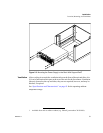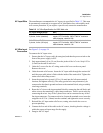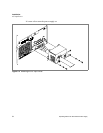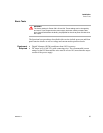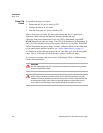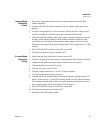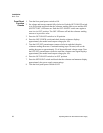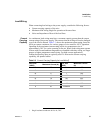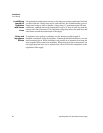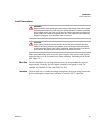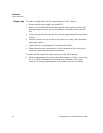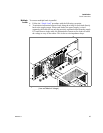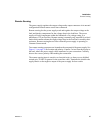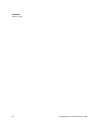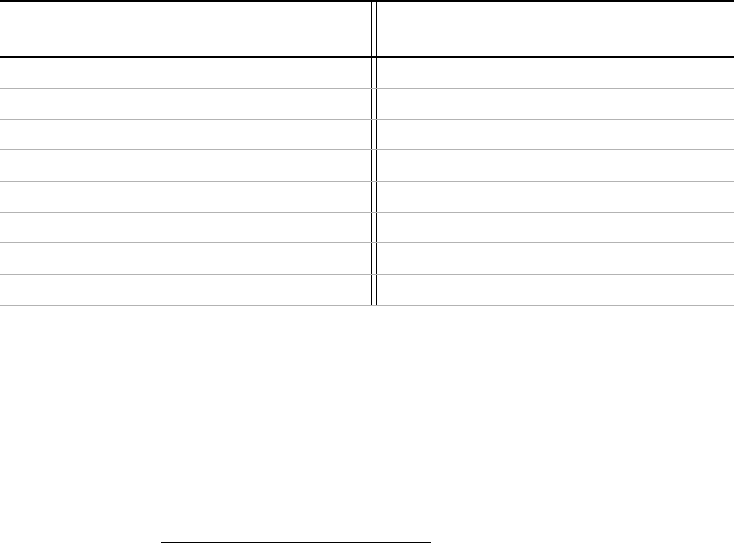
Installation
Load Wiring
Release 1.1 39
Load Wiring
When connecting load wiring to the power supply, consider the following factors:
• Current carrying capacity of the wire
• Maximum load wiring length for operation with sense lines
• Noise and impedance effects of the load lines
Current
Carrying
Capacity
As a minimum, load wiring must have a constant capacity greater than the output
current rating of the power supply. This ensures that the wiring will not be damaged
even if the load is shorted. Table 2.3. shows the maximum current rating, based on
450A per square centimeter, for various gauges of wire rated for 105°C operation.
Operating at the maximum current rating results in a temperature rise of
approximately 30°C for a wire operating in free air. Where load wiring must operate
in areas with elevated ambient temperatures or bundled with other wiring, use larger
gauges or higher temperature-rated wiring. For high current applications,
custom-designed bus bars are typically used. To increase the current carrying
capability, use parallel cables.
Table 2.3 Current Carrying Capacity for Load Wiring
1
Wire Size
(AWG)
Maximum Current (A)
Wire Size
(AWG)
Maximum Current
(A)
20 2.5 4 97
18 4 2 155
16 6 1 192
14 10 1/0 247
12 16 2/0 303
10 21 3/0 350
8 36 4/0 405
6 61 250MCM 455
1. Single insulated conductors in free air, 30°C



